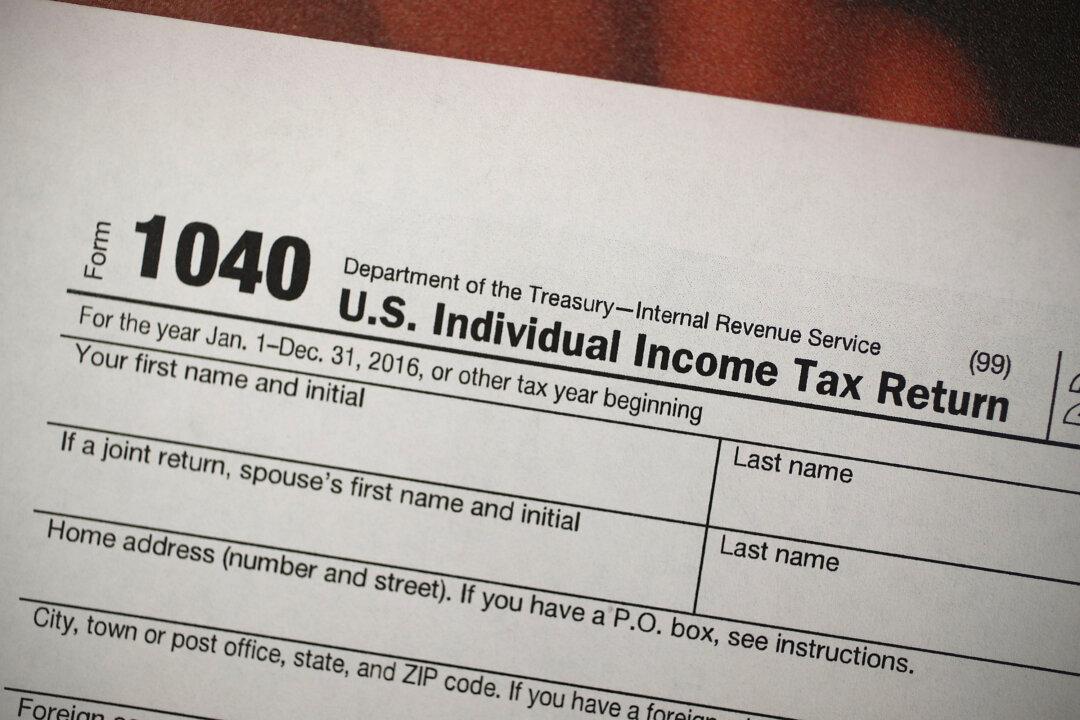No one likes paying taxes, but they are part of life. Getting your annual taxes as low as you can is something everyone wants, but this next tax year may mean paying more taxes for some. The Internal Revenue Service (IRS) will make a tax bracket-adjustment soon—and it probably will put some people into a higher tax bracket.
According to MarketWatch, annual inflation is calculated based on the (chained) Consumer Price Index. It is recalculated each year, and the changes are usually announced in either October or November.






